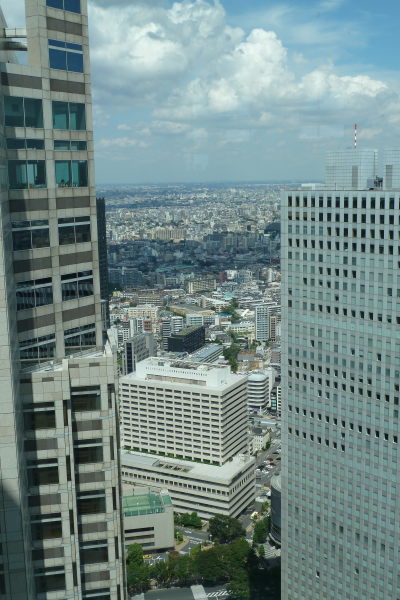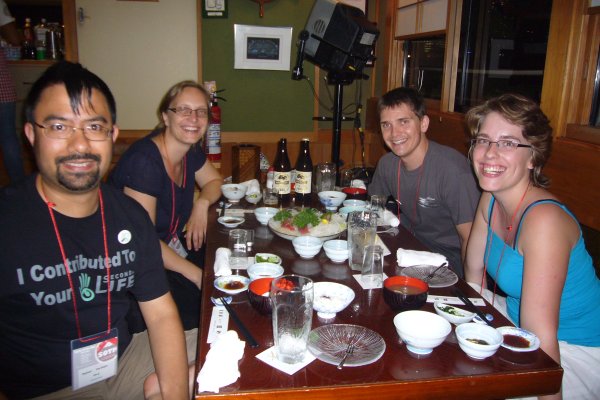The last numbers on development of the OSM coverage in Switzerland were from early 2012. Since then we have had on the one hand the licence change process with a small corresponding loss of data, and on the other hand quite a lot of interest in the project as a whole. So I beleive an update is in order. While I didn’t use quite the same methodology as the previous numbers presented in the wiki here, they seem close enough to be comparable.
The statistics show an increase of a total of at least 10’000 km from 142’000 km at the beginning of the year to 152’000 km now. This without taking a further 8’000 km of “service” roads in to account that were not listed separately in previous statistics. As would be expected the length of all roads with higher classification does not show much movement, a clear indication that the major road network is very complete.
The low number for the length of combined footway/cycleway would seem to indicate that we are mistagging the most frequent occurring type of cycleway.in Switzerland. What is further slightly surprising is that we have mapped a combined length of 1500 km of driveways and parking aisles, this would seem to be an awful lot compared to roughly 1300 km of cycleways.
Detailed Numbers
| OSM classification | length (km) | length (km) | ||||||
|---|---|---|---|---|---|---|---|---|
| motorway | 1’505 | 50% of the length of one-way segments | 3’003 | one-way segments counted fully | ||||
| motorway_link | 333 | “ | 665 | “ | ||||
| trunk | 361 | “ | 511 | “ | ||||
| trunk_link | 50 | “ | 95 | “ | ||||
| motorway + trunk | 2’249 | 4’274 | ||||||
| primary | 4’798 | includes _link | ||||||
| secondary | 5’450 | “ | ||||||
| tertiary | 10’919 | “ | ||||||
| unclassified | 16’539 | “ | ||||||
| residential | 23’576 | |||||||
| service | 6’590 | service=alley and unspecified | ||||||
| driveway | 720 | service=driveway | ||||||
| parking aisle | 782 | service=parking_aisle | ||||||
| track | 12’254 | tracktype unspecified, neither foot or bicycle = designated | ||||||
| track grade 1 | 9’461 | neither foot or bicycle = designated | ||||||
| track grade 2 | 17’220 | “ | ||||||
| track grade 3 | 9’588 | “ | ||||||
| track grade 4 | 2’627 | “ | ||||||
| track grade 5 | 1’733 | “ | ||||||
| track total | 52’883 | |||||||
| path | 19’183 | neither foot or bicycle = designated | ||||||
| pedstrian | 327 | |||||||
| footway | 6’506 | plus path and track with foot=designated | ||||||
| cycleway | 1’078 | plus path and track with bicyle=designated | ||||||
| combined cycleway / footway | 250 | track, path, cycleway and footway either with explicit or implicit designated values for foot and bicycle | ||||||
| Total | 152’373 |





